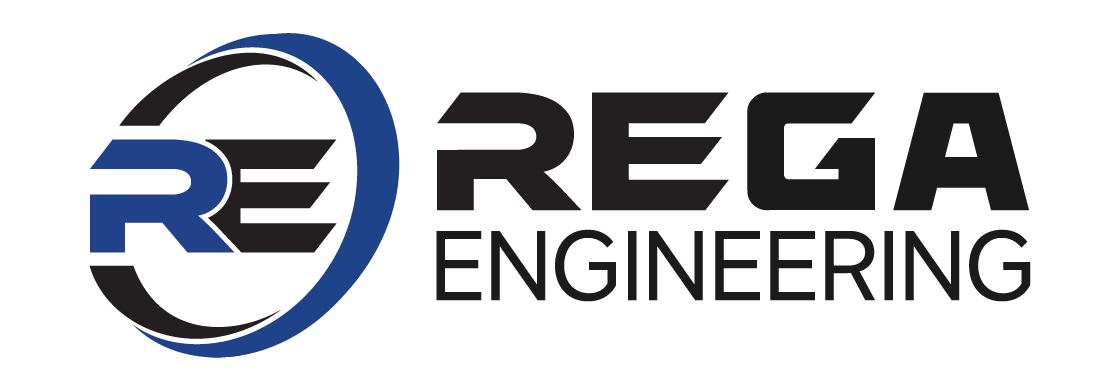Engineering from Above with Expert Aerial Drone Photography
Share:
In engineering, gaining a unique perspective often leads to innovative solutions and groundbreaking advancements. For example, properly integrated aerial drone photography has revolutionized how engineers perceive, analyze, and execute projects across various industries. From infrastructure development to environmental monitoring, the use of drones has become an indispensable tool for engineers, providing an elevated viewpoint that unlocks a myriad of possibilities.
1. Enhancing Surveying and Mapping
Aerial drone photography has redefined the traditional methods of surveying and mapping. In addition, drones featuring high-resolution cameras and advanced sensors can efficiently capture detailed aerial imagery, enabling engineers to create accurate 3D models and maps. These precise representations streamline the initial stages of a project, offering invaluable insights into terrain, topography, and structures. The ability to obtain real-time data aids in decision-making, consequently reducing the time and costs associated with manual surveys.
2. Facilitating Infrastructure Inspections
Maintaining and inspecting infrastructure is a critical aspect of civil engineering. Aerial drones provide a safer and more cost-effective alternative to manual inspections in hazardous or hard-to-reach areas. Engineers can thoroughly inspect bridges, pipelines, and tall structures without risking human lives. Equally important, drones with thermal imaging or LiDAR technology can detect structural defects, corrosion, or leaks. This allows proactive maintenance and ensures the longevity of infrastructure projects.
3. Supporting Environmental Monitoring and Analysis
Understanding changes in landscapes, ecosystems, and natural resources is crucial in environmental engineering. Aerial drone photography aids in monitoring environmental changes by capturing high-resolution images and data. This technology assists in assessing deforestation, tracking wildlife migration, and monitoring changes in water bodies. By analyzing this data, engineers can make informed decisions to mitigate environmental impact and support sustainable practices.
4. Optimizing Construction and Project Management
Efficiency in construction and project management is paramount in engineering. Aerial drone photography streamlines these processes by providing project managers with real-time progress monitoring and site logistics. Subsequently, drones equipped with video capabilities offer a comprehensive view of construction sites, enabling better resource allocation, adherence to timelines, and identifying potential issues early on. Similarly, this technology enhances collaboration among teams and stakeholders, fostering a smoother project.
5. Advancing Safety Protocols and Risk Mitigation
Safety is paramount in engineering endeavors, and aerial drone technology plays a pivotal role in enhancing safety protocols. To illustrate, drones with AI-powered algorithms can identify potential safety hazards on construction sites or within operational facilities. These drones offer a proactive approach to risk management by conducting regular safety assessments, ensuring compliance with safety standards, and promptly alerting teams to potential dangers.
By minimizing human exposure to hazardous environments, drones contribute significantly to reducing workplace accidents and enhancing overall project safety. Incorporating this technology not only safeguards lives but also minimizes project disruptions, underscoring its indispensable role in engineering practices.
6. Precision in Geotechnical Analysis and Planning
Aerial drone technology revolutionizes geotechnical analysis by providing engineers with unparalleled precision and depth in assessing soil composition and stability. Drones equipped with specialized sensors can collect detailed data, including soil density, moisture content, and geological formations. This information aids in creating accurate geological maps and predicting potential subsurface challenges, such as landslides or sinkholes.
By enabling engineers to preemptively address geological complexities, drones significantly reduce the risks associated with foundation failures and geological instability. This precision empowers engineers to design robust foundations and infrastructure, ensuring long-term stability and resilience against geological hazards. Integrating drone technology into geotechnical analysis not only enhances project safety but also optimizes resource allocation, ultimately leading to more resilient and sustainable engineering solutions.
Rise Above the Rest with Aerial Drone Photography
Integrating aerial drone photography into engineering practices transcends traditional limitations, offering engineers a birds-eye view that empowers them with unparalleled insights and efficiency. From revolutionizing surveying and infrastructure inspections to aiding environmental monitoring and optimizing project management, drones have become an indispensable tool in the engineer's arsenal.
Furthermore, as technology continues advancing, the symbiotic relationship between engineering and aerial drone photography promises even greater possibilities for innovation and problem-solving in the future. That's why we're proud to offer aerial drone photography across our teams, empowering them to deliver the
best possible data. Get in touch with our team and
see the difference in your next project!

